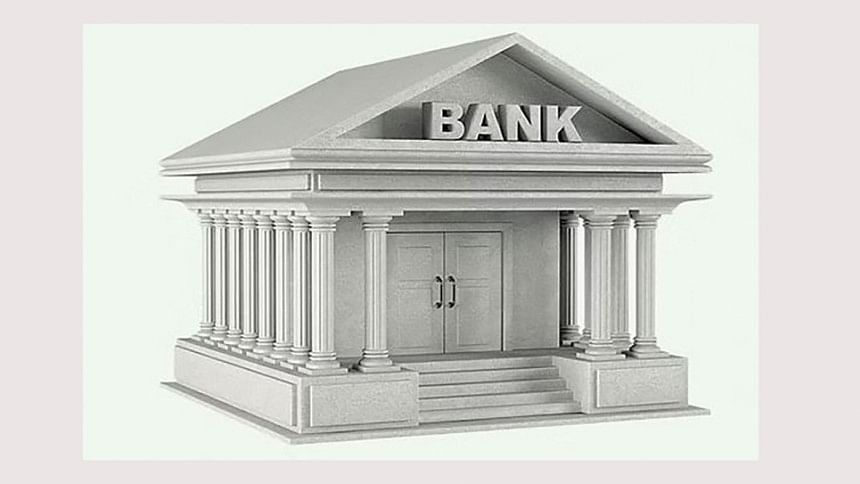Banks raising interest rates

Banks in Bangladesh are raising the interest rate on deposits gradually in order to lure depositors and improve their liquidity situation amid a lack of appetite among savers because of the stubbornly high inflation.
Interest rates offered by banks vary. However, the weighted average rate on deposits offered by banks increased to 4.41 per cent, the highest in one year, in May.
A month ago, the weighted average interest rate on deposits was 4.38 per cent, according to the Bangladesh Bank data.
"Public sector borrowing and demand of loans from the private sector have increased and banks have to take deposits at a higher cost as there is a liquidity stress," said Mohammad Ali, managing director of Pubali Bank Ltd.
He said the availability of liquidity has reduced in the banking system owing to higher borrowing by the government to finance its expenditure.
"The overall interest rate on deposits is expected to increase further because of persistently higher inflation."
Bangladesh's average inflation rose to a 12-year high of 9.02 per cent in the last fiscal year of 2022-2023, up from 6.15 per cent a year ago, according to the Bangladesh Bureau of Statistics.
This means the real return on deposits has remained negative, a situation that savers in Bangladesh have been facing since consumer prices have stayed at elevated levels for more than a year.
BB data showed that the overall interest rate on loans as well as treasury bills and bonds edged up in June from the previous month.
In June, the average interest rate on the 364-day treasury bill rose to 7.90 per cent from 6.63 per cent a month before. The interest rate of the 5-year Bangladesh Treasury Bond increased to 8.71 per cent from 8.42 per cent.
Syed Mahbubur Rahman, managing director of Mutual Trust Bank Ltd, said there is liquidity tightness in the banking sector and many banks are offering higher rates to attract deposits to maintain business.
He said the central bank is extending liquidity through the repurchase rate and the assured liquidity support.
"Still, there is a requirement for funds and one of the reasons is the rising volume of forced loans."
He said the deposit rate is increasing at a faster pace than the lending rate.
This is because banks are not being able to raise the lending rate as expected following the introduction of the reference lending rate, known as the SMART (six-month moving average rate of Treasury bill), as borrowers are against any upward revision, he said.
"But in some cases, depositors are asking for up to 9 per cent interest on deposits. We are repricing the interest rate on deposits every day."
The former chairman of the Association of Bankers Bangladesh said the net interest margin (NIM) of banks will remain under pressure.
NIM is the amount of money that a bank earns in interest on loans compared to the amount it pays on deposits.
BB data showed that the spread between the weighted average lending rate and the deposit rate remained unchanged at 2.91 per cent in May.
Shah Md Ahsan Habib, a professor at the Bangladesh Institute of Bank Management, said depositors had been under pressure because of the imposition of an interest rate cap by the central bank in April 2020, although it was acceptable considering the overall impact on investment and on the economy.
"The real return from deposits became negative in view of higher inflation. From the viewpoint, the increase in the deposit rate is expected."
According to Prof Habib, the removal of the ceiling on interest rates is positive from the perspective of ensuring fairness in the market.
"The spike in the lending rate will pile up pressure on private investment but depositors will benefit."

 For all latest news, follow The Daily Star's Google News channel.
For all latest news, follow The Daily Star's Google News channel. 







Comments